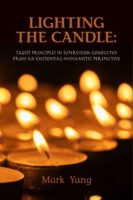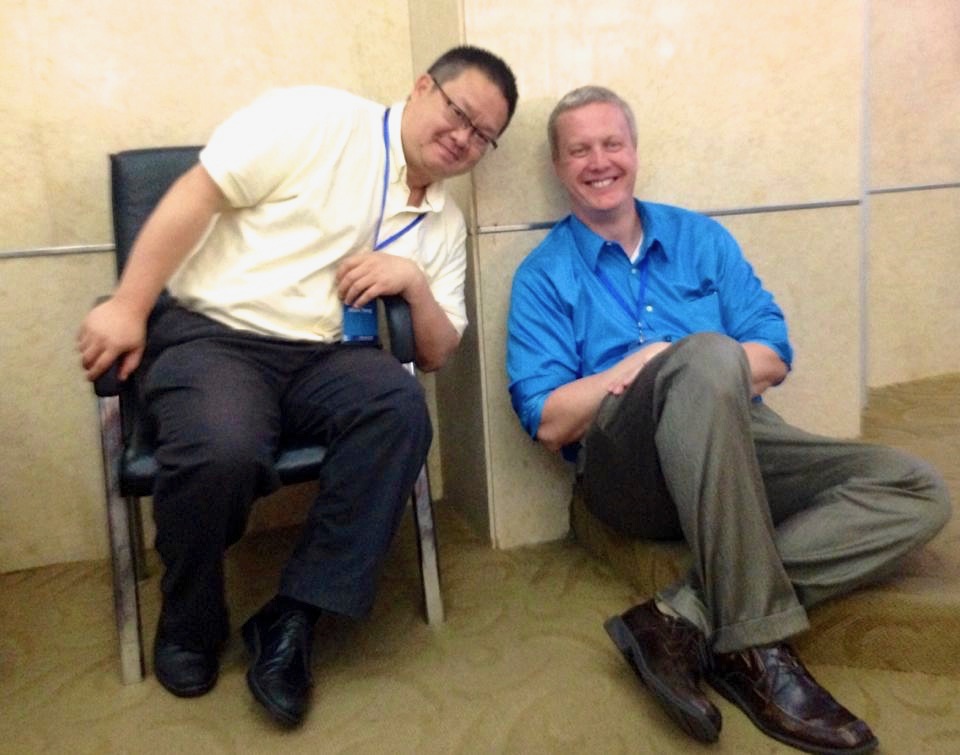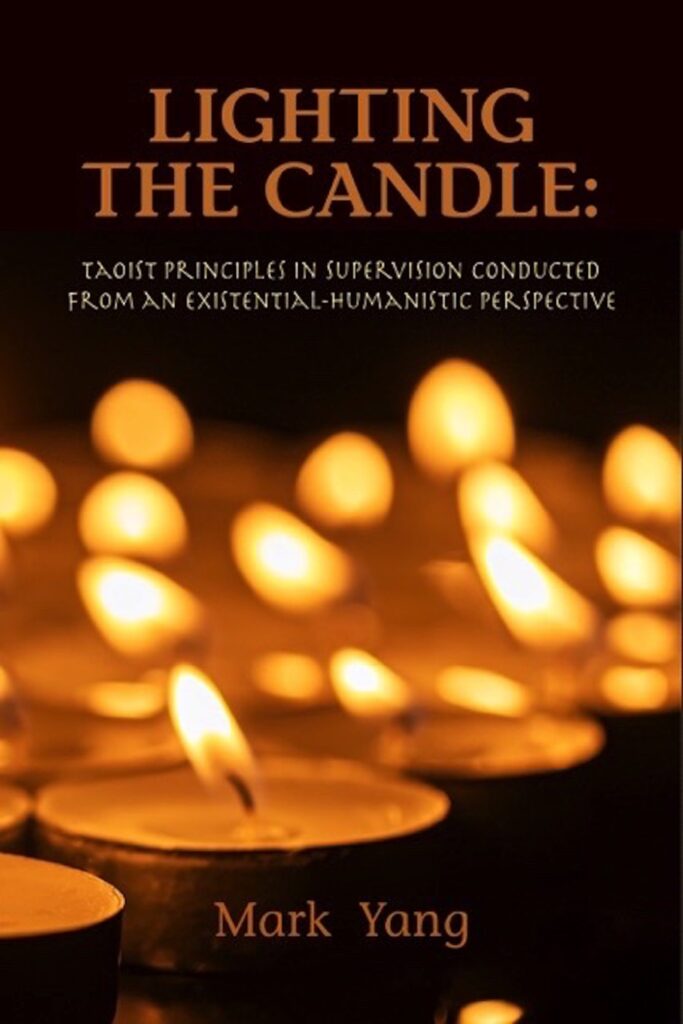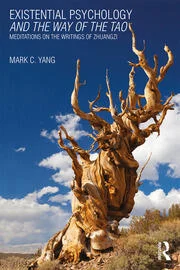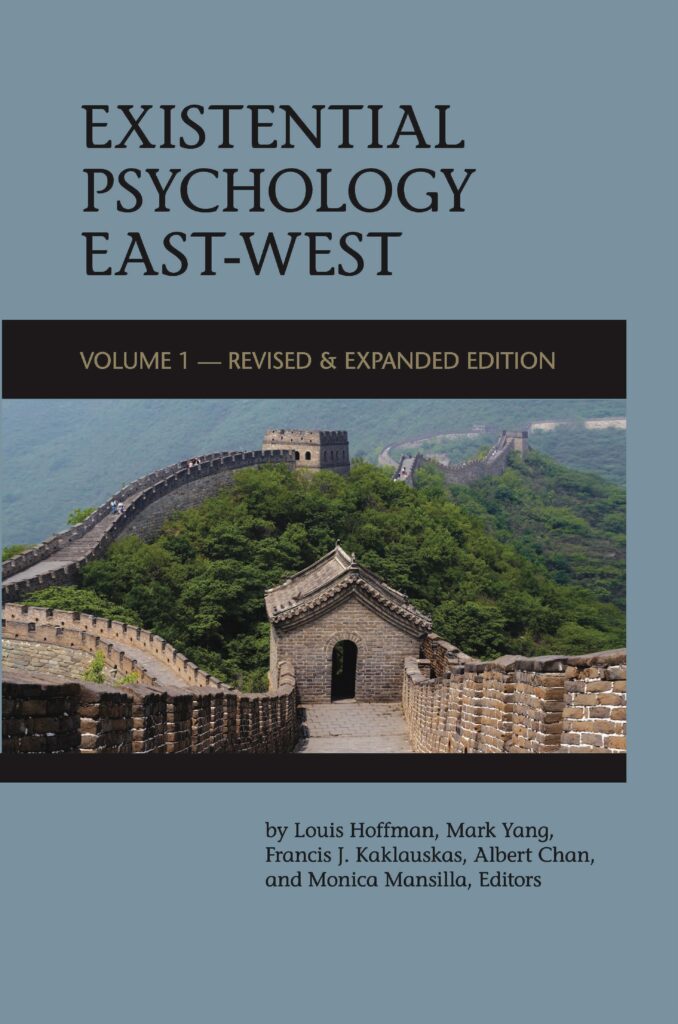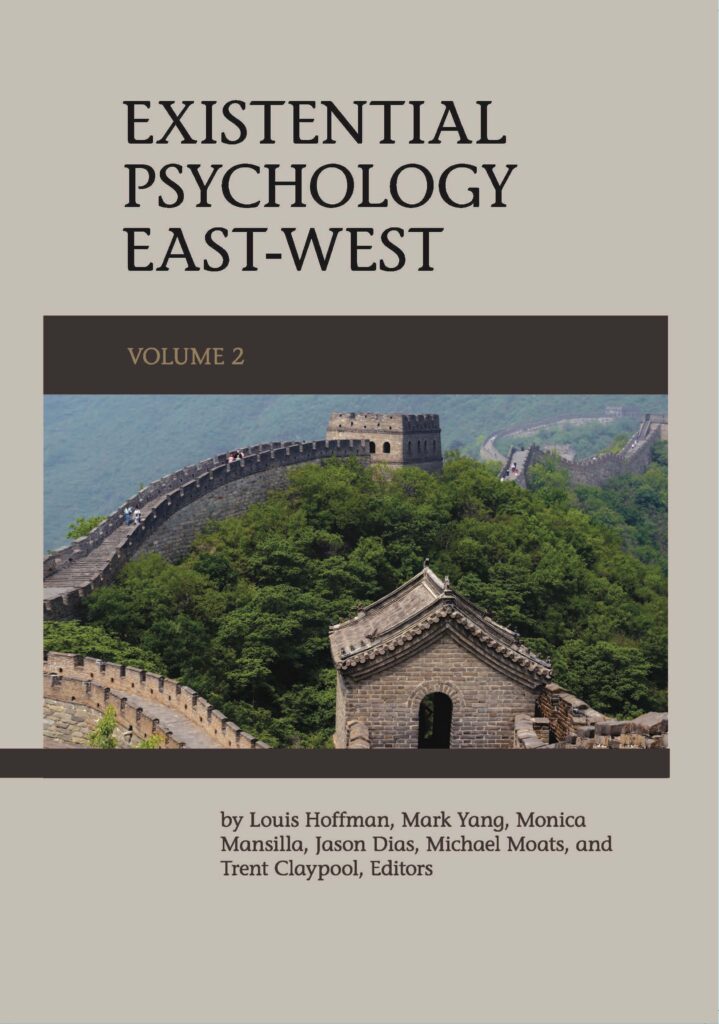This blog was originally posted on the New Existentialist Blog on July 11, 2013. It was reposed here after the New Existentialist Blog was discontinued.
The interest in theory and research pertaining to racial microaggressions is booming, yet it rarely gets mentioned in the existential literature. This is a problem that needs to be rectified. I have written and co-written numerous articles arguing for the need for greater attention to diversity issues in existential psychology (see Hoffman, 2008; Hoffman, 2012a; Hoffman, 2012b; Hoffman & Cleare-Hoffman, 2011; Hoffman, Cleare-Hoffman, & Jackson, in press; Hoffman, Oumarou, Mejia, & Alcahé, 2008). However, it is also important to recognize what existential psychology has to offer the diversity literature. Existential perspectives can contribute to the literature on microaggressions as well.
What are Microaggressions?
According to Sue (2010a), “Microaggressions are the everyday verbal, nonverbal, and environmental slights, snubs, or insults, whether intentional or unintentional, that communicate hostile, derogatory, or negative messages to target persons based solely upon their marginalized group membership” (p. 3). There has been a shift from racism most often being expressed overtly to more covert forms of racism. Because microaggressions are ambiguous, it is easy to deny that these really are racism, and it is often difficult, if not impossible, to “prove” otherwise.
Courage
In many ways, it takes greater courage to confront microaggressions than overt forms of racism. Even when microaggressions are pointed out gently and tactfully, the response is often one of defensiveness and anger. Individuals who confront microaggressions are often accused of being “too sensitive,” trying to create problems, or “playing the race card.” Thus, individuals voicing concern even about the possibility of microaggressions or racism are often belittled, bullied, and verbally attacked for suggesting the possibility.
Frequently, I have witnessed individuals who have courageously voiced concerns about possible racism in the form of microaggressions. In these situations, it is frequently evident that these individuals carefully craft their words, intending to softly, sensitively voice their concerns without accusing others. Still, the response is often vehement attacks or mocking that seem to either consciously or unconsciously bully the person into not voicing such concerns again.
Courage is a common topic in the existential literature. For Tillich (1952), courage is not only bravery but also connected to ethical action. It is evident that courage is necessary in addressing overt or covert forms of racism. At one time, to take a stand against racism signified a great risk—the risk of being put in jail, physically beaten, or even killed. While these particular risks are not as common today, there is still a great risk in standing up to microaggressions and racism.

Zhi Mian (i.e., facing directly) and the Daimonic
Zhi mian, or “facing directly,” is becoming a better-known topic in the existential psychology literature, as evidenced by the number of New Existentialist pieces discussing this topic. Just as it takes courage to challenge microaggressions and more overt forms of racism in others, it also requires courage to zhi mian, or face directly, racism in ourselves and others.
Nathaniel Granger conducted a courageous dissertation by conducting a heuristic research study on racial microaggressions in higher education among African American males. In a heuristic study, the researcher is a co-participant, thus Granger’s study also explored his own experiences of racial microaggressions in higher education. During his final dissertation meeting before his defense with myself (I served as Nathaniel’s chair) and Justin Lincoln (who served on his dissertation committee), I used a phrase that had racial implications without being aware or considering the origins of it. Nathaniel immediately responded saying, “Now Dr. Hoffman, that’s kind of a racial microaggression right there.” I was appreciative and, more importantly, impressed. Nathaniel demonstrated courageous zhi mian.
Zhi mian also includes the ability to face oneself directly. In the scholarly literature, the idea of being free of racism or “colorblind” is widely recognized as naive and unrealistic. We all have some racist tendencies within us. Yet, it is easier to assert this as a scholarly position than to experience this as a lived reality.
Rollo May (1969) described “the daimonic” as something innate within individuals, such as an urge, impulse, or tendency, that has the potential to take over or overpower the individual. The daimonic becomes more powerful when we deny, repress, or ignore it. Similar to courage, this shows that the ability to zhi mian ourselves has an ethical component to it. Our denial of the potential for racism only increases its potential and power. Instead, we need to recognize this reality and be honest with ourselves. There is no nobility in the denial of being racist, rather it represents a dangerous self-deception. I am not saying that the claim to not be racist necessarily has bad intentions. Indeed, some people assert this with good intentions. However, even good intentions can be dangerous.
While zhi mian calls us to a certain boldness in facing microaggressions and racism, it also calls us to do so empathetically in some (but not all) situations. If the potential for racism is universal, then we cannot sit too harshly in judgment. Instead, we recognize the struggle against racism as a universal struggle.
Conclusion
As our society continues to struggle with racism, particularly in the form of racial microaggressions, existential psychology has something to say. It is important for us to courageously face this topic directly and honestly. It is not an easy path, but it may be the necessary path in moving forward.
References
Granger, N., Jr., (2011). Perceptions of racial microaggressions among African American males in higher education: A heuristic inquiry. [Doctoral Dissertation]. Retrieved from Proquest, UMI dissertation publishing (3453836).
Hoffman, L. (2008a, November). Applying existential therapy in a culturally sensitive manner. Invited paper presented at the 2nd Annual Existential Humanistic Institute Conference, San Francisco, CA.
Hoffman, L. (2011, August). Diversity and existence: The existential frontiers of diversity. In D. N. Elkins (Chair), The new existential-humanistic psychology: Science, diversity, awe, and spirituality. Symposium presented at the 119th Annual Convention of the American Psychological Association, Washington, DC.
Hoffman, L. (2012a, October). Toward a deep diversity of humanistic psychology: Facing our challenges, embracing our opportunities. Society for Humanistic Psychology Newsletter. Retrieved from https://www.apadivisions.org/division-32/publications/newsletters/humanistic/2012/10/embracing-deep-diversity.
Hoffman, L. (2012b, April). Creating diversity in the home of humanistic psychology. Society for Humanistic Psychology Newsletter, Retrieved from http://www.apadivisions.org/division32/publications/newsletters/humanistic
/2012/04/creatingdiversity.aspx
Hoffman, L. & Cleare-Hoffman, H. P. (2011). Existential therapy and emotions: Lessons from cross-cultural exchange. The Humanistic Psychologist, 39, 261267.
Hoffman, L., CleareHoffman, H. P., & Jackson, T. (in press). Humanistic psychology and multiculturalism: History, current status, and advancements. In K. J. Schneider & J. F. Pierson (Eds.), The handbook of humanistic psychology: Leading edges of theory, research, and practice (2nd edition). Sage.
Hoffman, L., Oumarou, S., Mejia, M., & Alcahé, A. (2008, August). Exploring diversity issues in existential-integrative therapy: Embracing difficult dialogues. Presented at the 2nd Annual Society for Humanistic Psychology Conference, Boston, MA.
May, R. (1969). Love and will. Delta.
Sue, D. W. (2010). Microaggressions, marginality, and oppression: An introduction. In D. W.
(Ed.), Microaggressions and marginality: Manifestations, dynamics, and impact (pp. 322).
John Wiley and Sons.
Tillich, P. (1952). The courage to be. Yale University Press.
Note: Although this site is owned by Louis Hoffman, it supports the Rocky Mountain Humanistic Counseling and Psychological Association (RMHCPA), which is a 501(c)3 nonprofit organization. As an Amazon Associate, RMHCPA earns from qualifying purchases made through the links on this page.














